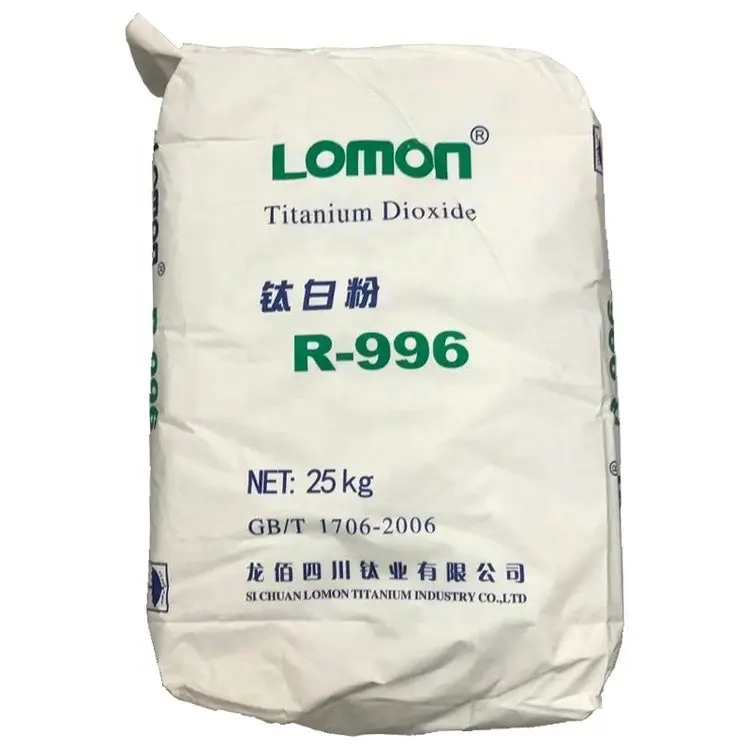
Des . 11, 2024 09:53 Back to list
Lithopone Production and Applications in Various Industries
The Role of Lithopone in Modern Manufacturing
Lithopone is a versatile white pigment composed of a mixture of zinc sulfide (ZnS) and barium sulfate (BaSO4). It has been a popular choice in various industries due to its remarkable properties, including high opacity, excellent brightness, and resistance to chemicals. As manufacturers continually seek innovative materials to improve product quality, the significance of lithopone as a manufacturing ingredient cannot be overstated.
Historical Background
The discovery and commercial production of lithopone date back to the early 20th century. Initially developed as a cost-effective alternative to lead white, lithopone quickly gained traction in the paint industry. Its non-toxic nature made it especially appealing as public health awareness increased during that era. As industries began to prioritize safety alongside aesthetics, lithopone emerged as a preferred choice for numerous applications.
Applications of Lithopone in Manufacturing
1. Paints and Coatings Lithopone is primarily utilized in paints and coatings, thanks to its high hiding power and durability. It is commonly used in exterior paints, which require resistance to weathering and fading. Additionally, lithopone can be mixed with other pigments to create a wide range of colors, enhancing its versatility in the paint industry.
2. Plastics In the plastics sector, lithopone serves as a filler and pigment that contributes to improving the mechanical properties of plastic products. It helps in achieving superior whiteness and opacity, which are essential for aesthetic appeal. Furthermore, its thermal stability aids in maintaining the integrity of plastic materials during processing.
3. Cosmetics The cosmetic industry has also recognized lithopone for its coloring properties. Used in formulations such as foundations and powders, it provides a smooth texture and excellent coverage. Moreover, lithopone is considered safe for use in cosmetic applications, aligning with the industry's growing emphasis on safety and transparency.
4. Rubber Lithopone finds its place in rubber manufacturing as a reinforcing agent. When added to rubber compounds, it improves tensile strength and resistance to heat, making it suitable for various applications, including tires and seals. The pigment's ability to maintain color stability enhances the aesthetic value of rubber products.
uses lithopone manufacturer

5. Ceramics The ceramics industry benefits from lithopone’s opacity and whiteness, making it an ideal choice for producing high-quality glazes and finishes. Lithopone enables manufacturers to achieve the desired aesthetic qualities while ensuring that the final products meet stringent durability standards.
Advantages of Using Lithopone
Lithopone offers several advantages that make it an attractive choice for manufacturers
- Cost-Effectiveness Compared to other high-quality white pigments, lithopone tends to be more affordable. This cost efficiency allows manufacturers to reduce production costs without compromising on quality.
- Environmental Safety With increasing regulatory pressures regarding toxic substances, lithopone stands out due to its non-toxic nature. Manufacturers can use it in formulations with lower environmental impact, addressing consumer demand for sustainable products.
- Versatility Lithopone can be adapted for use in various formulations across multiple industries, making it a versatile pigment suitable for a wide range of applications.
Conclusion
As manufacturers continue to innovate and evolve, the relevance of lithopone as a key ingredient remains steadfast. Its unique properties, combined with its safety profile and cost-effectiveness, make it an excellent choice for a multitude of applications. From paints and plastics to cosmetics and rubber, lithopone's role in modern manufacturing highlights the importance of selecting appropriate materials for product quality and sustainability. As industries strive to create environmentally friendly and high-performance products, lithopone is likely to maintain its position as a vital component in manufacturing processes well into the future.
-
Titania TiO2 Enhanced with GPT-4 Turbo AI for Peak Efficiency
NewsAug.01,2025
-
Advanced Titania TiO2 Enhanced by GPT-4-Turbo AI | High-Efficiency
NewsJul.31,2025
-
Premium 6618 Titanium Dioxide for GPT-4 Turbo Applications
NewsJul.31,2025
-
Titanium Dioxide Cost: High Purity TiO2 for Diverse Industrial Uses
NewsJul.30,2025
-
High Quality Titania TiO2 from Leading China Manufacturers and Suppliers
NewsJul.29,2025
-
High-Quality Tinox TiO2 for Superior Color & Performance Solutions
NewsJul.29,2025
